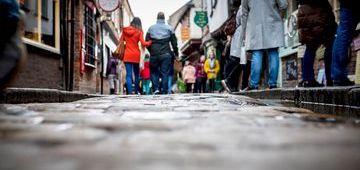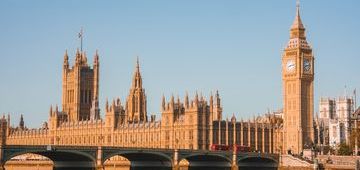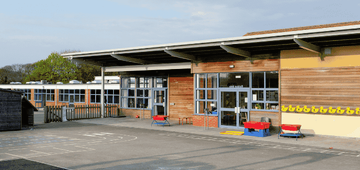Member spotlight: Nazreen Iqbal
My name is Nazreen Iqbal and I’m the Health Inequalities Lead for the Integrated Stroke Delivery Networks in the Yorkshire and Humber region hosted by the West Yorkshire Integrated Care Board (ICB).
My background is varied, I have worked in various public health related fields such as sexual health, obesity, oral health promotion, mental health and now I am working in stroke health inequalities. All these roles have a central theme of public health and it’s always been an area of work I have been passionate about despite not having worked in a Public Health team as such.
In my current role I have had the privilege to spend time with patients who have had a stroke, and I have been able to decipher some valuable lessons from them which have been central to the way I have approached my work.
- Patients have told me that when they first had signs of a stroke, they did the FAST test, but their symptoms didn’t match. Some of them had issues with their vision, others knew the word, but couldn’t get it out. It wasn’t just speech, it’s like they couldn’t recall the word from their memory. Most of them said they just ‘didn’t feel right’.
- Sadly, some of them then ignored the symptoms, hoping they would get better. This meant that they were no longer in time to get the urgent treatment they needed. Thrombolysis usually has a 4.5-hour window to be administered. It’s a clot busting drug helping the return of blood supply to the brain. Unfortunately, these patients had missed this window of opportunity.
- When patients did go on to seek medical help, some rang 111, or went to their GP or to their local emergency department. Stroke is an emergency, and patients need to be taken to their nearest Hyperacute centre where thrombolysis is offered. Going to the wrong place for help, delayed their access to the urgent treatment. Patients told me they were worried about the ambulance services being too busy or they weren’t sure if this was a real emergency.
I realised very quickly, if I was to make a difference in addressing the health inequalities for our stroke patients, the best place to learn what I needed to do, was by speaking to patients who have had a stroke, their carers who look after them, and those who work to treat these patients -the workforce.
By sharing the above patient feedback, alongside data from our Local Knowledge and Intelligence team, we were able to gain the buy in from the Barnsley Public Health Team who helped facilitate and coordinate a localised Stroke Prevention Campaign, which focuses on educating people on stroke symptoms. This will make a real difference to these residents as we know patients in this area present to hospital late, and often are out of time to receive the urgent treatment to help their recovery. This demonstrated a great example of Public Health teams working within the wider system to address health inequalities.
Having held conversations with GP’s we realised for some marginalised communities, educating young people is the key to prevention on long term conditions as they are often the ones translating, and calling emergency services for elder family members. We ran a pilot Stroke Prevention project in a Sheffield college with a group of Year 11 students. Following the pilot’s success, the South Yorkshire ICB has taken the project on and it is now going to be rolled out to over 100 young people in the next year.
One of the most important lessons I have learnt in the past year is that addressing health inequalities is everyone’s business. It’s not just the responsibility for those that lead on public health or who have health inequalities in their job title. I have spent time educating teams about what are health inequalities, sharing what local data tells us, and then asking the team for ideas about what they can do to help readdress the balance with health inequalities within the patients they see or the communities they work in. I have been encouraged by the responses from the teams I have supported and the ideas that are generated. Once people have the knowledge and support, they can then be part of the wider public health workforce to ensure that in all the work they do, they put a ‘health inequalities lens’ on it.



